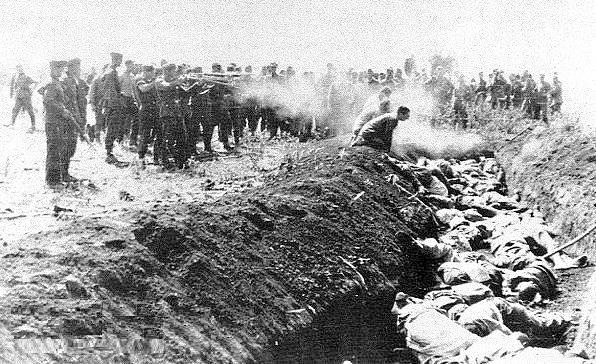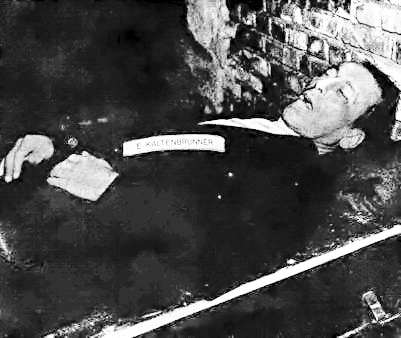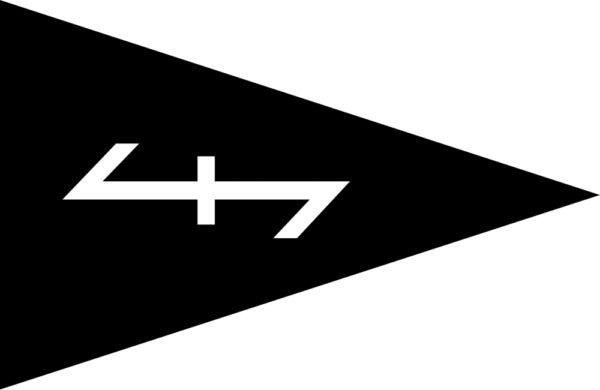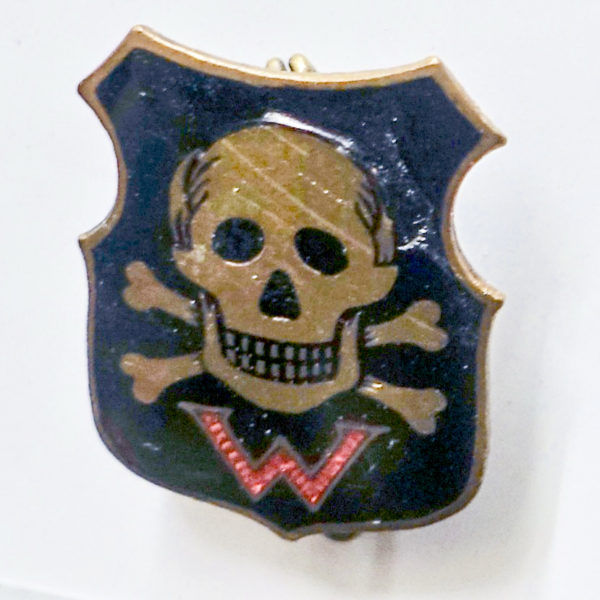An “enabler” is someone who enables another to achieve an end. The term is quite often used in the context of enabling another to persist in self-destructive behavior by providing excuses or by making it possible to avoid the consequences of such behavior.
I think we would all agree that Adolph Hitler was the greatest mass murderer in the history of mankind (Stalin wasn’t too far behind him). Concentration camp deaths are estimated to be eleven million of which, six million were Jews. He was the leader who fomented the hatred and then handed off the problem solving to the first layer of senior Nazi leaders.
In the context of the Nazis’ systematic killing machine, there are two broad groups of enablers: those who “did it” and those who “made it possible.” According to Bartrop and Grimm in their book, Perpetrating the Holocaust, there are the leaders (e.g., Heinrich Himmler, Alfred Rosenberg, Hans Frank, Hermann Göring, Josef Goebbels, and Albert Speer to name a few) and then there are the enablers.
The vast scope of murders would never have been achieved without the enthusiastic support of hundreds of thousands of men and women over a period of twelve years. They participated in developing the framework, devising the details, and then implementing the process. Some would carry out the administration of the plan while another set of individuals would be responsible for executing the plan on a day-to-day basis. Other enablers included collaborators (e.g., not only individuals but collaborationist governments of occupied countries such as France and Norway) and the German industrialists.
I believe there were basically four layers of enablers. The first layer was the senior Nazi leaders reporting directly to Hitler. Along with Hitler, many of these men committed suicide before justice caught up to them (e.g. Himmler and Goebbels). Others were put on trial (e.g., Ernst Kaltenbrunner, Speer, and Rosenberg) and unfortunately, too many were never brought to justice. The first layer delegated the formation of details and final implementation to a second layer of enablers (e.g., Adolf Eichmann and Reinhard Heydrich). Then there was the third layer. These were the men and women who were responsible for the administration and ultimately, ensuring the end result met senior Nazi leaders’ expectations. They were the camp commandants, the guards, SS mobile execution units known as the Einsatzgruppen, and various Nazi bureaucratic administration officials in Berlin. Key collaborationists fell into the third layer and included men like Pierre Laval and Marshal Pétain of the French Vichy government as well as Ante Pavelić (1889-1959), leader of the fascist paramilitary Ustaše in Croatia.


The fourth layer or, “those who made it possible” included the owners, executives, and managers of companies such as I.G. Farben which produced Zyklon B, the gas used in the extermination camps. They were no less guilty than the sadistic camp commander or brutal guard. The industrialists funded the Nazi party when it was broke and gave it the financial legs to take power. These are the people who fueled the Nazi war machine in part by appropriating Jewish businesses as well as using forced slave labor. Read More Hitler’s Enablers – Part One – Wannsee Conference



